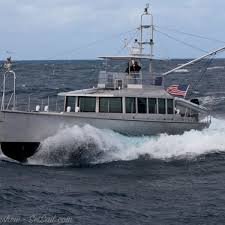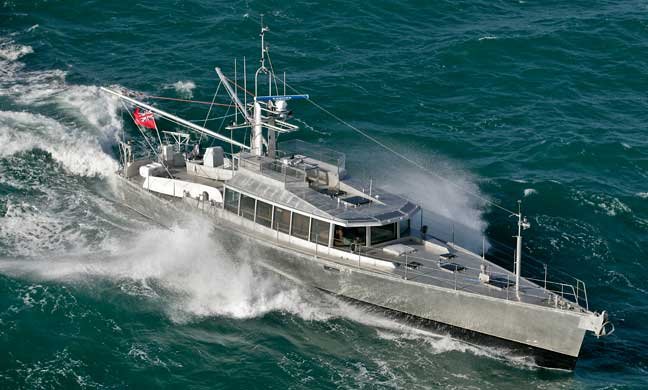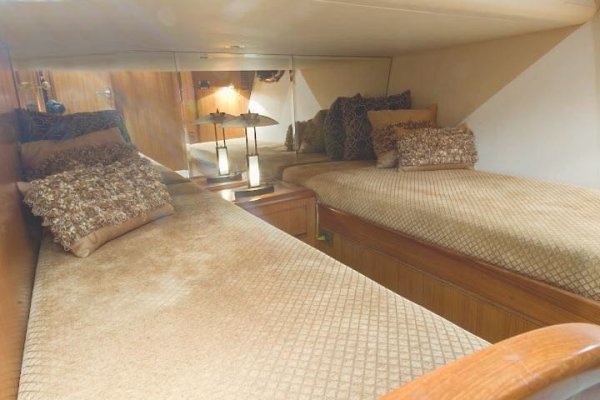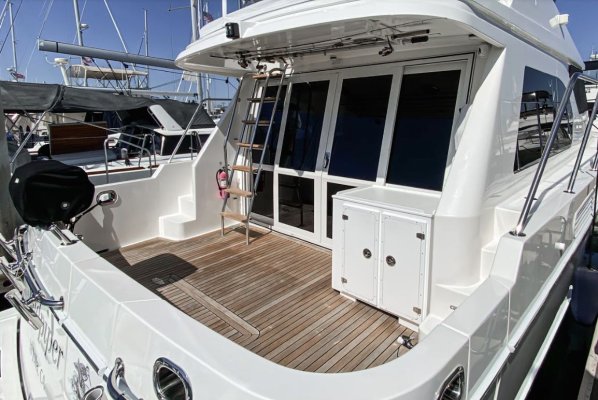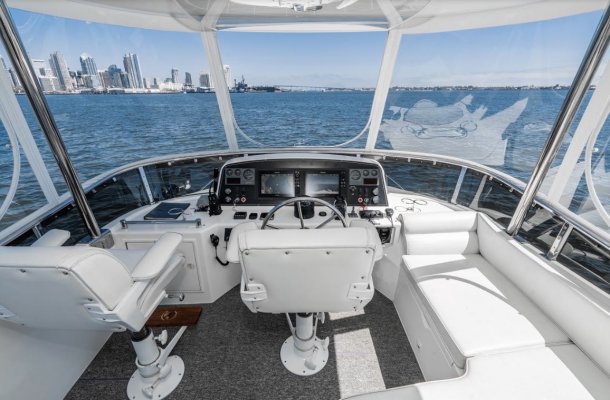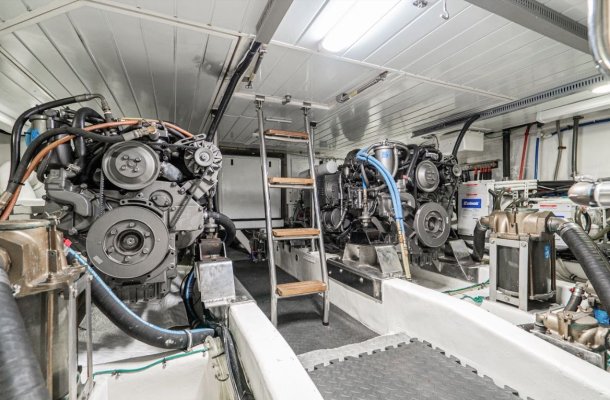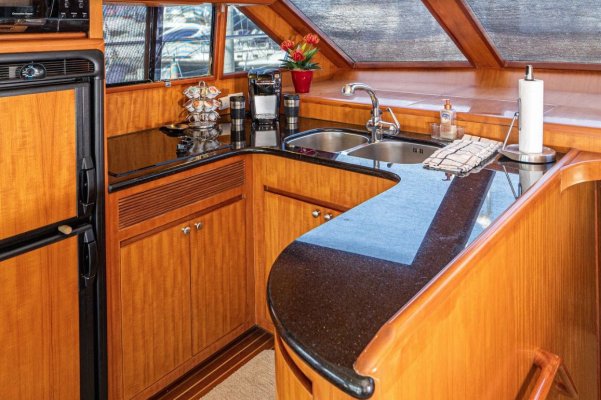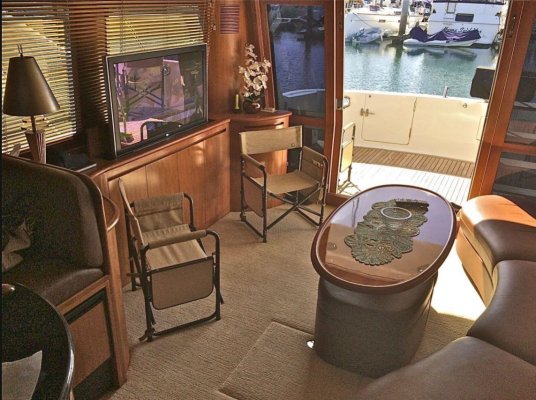rslifkin
Guru
- Joined
- Aug 20, 2019
- Messages
- 7,925
- Location
- USA
- Vessel Name
- Hour Glass
- Vessel Make
- Chris Craft 381 Catalina
Unless the waves are extremely close together, there's no way you're going to just slam into the next wave. And you do need to trim the bow up a bit on a following sea to keep from digging it in or smashing the back side of a wave before you pitch up and start climbing it. At planing speed, until you reach the point where you can't climb over the waves, it's pretty much just set the engines to max continuous and steer (which doesn't take a lot). It's when you have to slow down that it takes more work.
Big ocean swells are an easy case unless they're moving too fast to keep up with them. When things get tough is when you have large, steep wind waves. Then you reach a point where running over the top is dangerous or you climb too slowly to be worth it. But even in very steep, short period crap on the great lakes, 4 feet is still within the realm of running over the tops with just a light touch on the wheel and not pushing the limit (and a bigger boat will have a higher limit anyway). On my boat, 4 feet means about 13 kts at the top of the climb, a little steering over the top, then about a 19 kt surf down to the trough.
Keep in mind, the planing hulls with more full bows that go down wind well without digging in can be unpleasant upwind at low speeds, as they can pitch very rapidly and pretty much go up and over rather than through a wave under almost all situations.
If you're in a fully developed 15 foot sea (not swell) and not crossing an ocean, then plain and simple, you screwed up somewhere.
Have you actually run a planing hull in rough weather?
Big ocean swells are an easy case unless they're moving too fast to keep up with them. When things get tough is when you have large, steep wind waves. Then you reach a point where running over the top is dangerous or you climb too slowly to be worth it. But even in very steep, short period crap on the great lakes, 4 feet is still within the realm of running over the tops with just a light touch on the wheel and not pushing the limit (and a bigger boat will have a higher limit anyway). On my boat, 4 feet means about 13 kts at the top of the climb, a little steering over the top, then about a 19 kt surf down to the trough.
Keep in mind, the planing hulls with more full bows that go down wind well without digging in can be unpleasant upwind at low speeds, as they can pitch very rapidly and pretty much go up and over rather than through a wave under almost all situations.
If you're in a fully developed 15 foot sea (not swell) and not crossing an ocean, then plain and simple, you screwed up somewhere.
Have you actually run a planing hull in rough weather?
Last edited:

